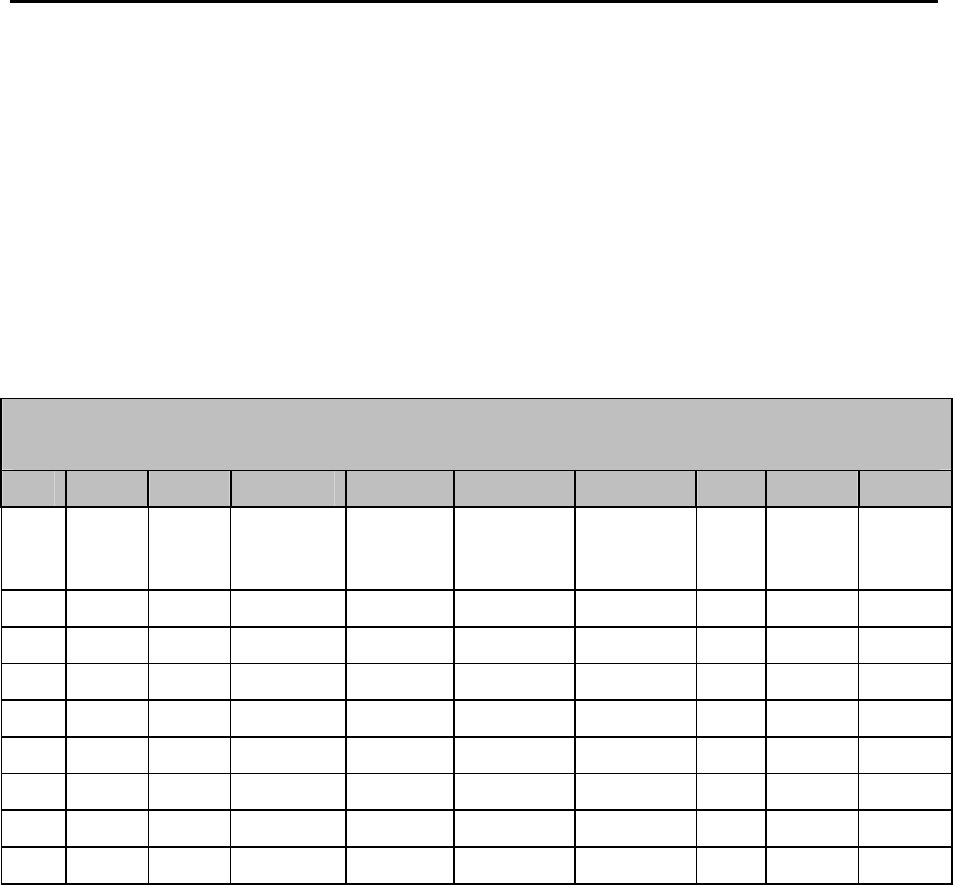Specifications
Table Of Contents
- Revision and Copyright Information
- Warranty and Assistance
- Table of Contents
- CNR4 Net Radiometer
- 1. General Description
- 2. Sensor Specifications
- 3. Installation
- 4. Using the Optional CNF4 Heater/Ventilator Unit
- 5. Using the CNR4 in the Four Separate Components Mode
- 5.1 Measuring Short-wave Solar Radiation with Pyranometer
- 5.2 Measuring Long-wave Far Infrared Radiation with Pyrgeometer
- 5.3 Measuring CNR4 Temperature with Thermistor
- 5.4 Calculation of Albedo
- 5.5 Calculation of Net Short-wave Radiation
- 5.6 Calculation of Net Long-wave Radiation
- 5.7 Calculation of Net (Total) Radiation
- 6. Wiring
- 7. Datalogger Programming
- 8. Troubleshooting
- 9. Maintenance and Recalibration
- Appendix A. CNR4 Performance and Measurements under Different Conditions
- Appendix B. CNF4 Heater/Ventilator
- Appendix C. CR3000 Program for Measuring Pt-100 Temperature Sensor
- Campbell Scientific Contact Information

Appendix A. CNR4 Performance and
Measurements under Different
Conditions
Below, Table A-1 shows what one might typically expect to measure under
different meteorological conditions.
The first parameter is day and night. At night, the solar radiation is zero. The
second column shows if it is cloudy or clear. A cloud acts like a blanket,
absorbing part of the solar radiation, and keeping net far infrared radiation
close to zero. The third parameter is ambient temperature. This is included to
show that the "sky temperature" (column nine) tracks the ambient temperature.
Under cloudy conditions this is logical; cloud bases will be colder than the
ambient temperature at instrument level, the temperature difference depends
roughly on cloud altitude.
Under clear sky conditions it is less obvious that sky temperature "adjusts" to
the ambient temperature. This can roughly be attributed to the water vapor in
the air, which is a major contributor to the far infrared radiation.
TABLE A-1. Typical output signals of CNR4 under different meteorological conditions.
Explanation can be found in the text.
1 2 3 4 5 6 7 8 9 10
Day
night
Cloudy
clear
+20ºC
-20ºC
Pyrgeo-
meter
Up
Pyrgeo-
meter
low
Pyrano-
meter
up
Pyrano-
meter
low
Pt
100
sky T
ground
T
d cloud +20 0 0 0-500 0-150 20 20 20
d cloud -20 0 0 0-500 0-150 -20 -20 -20
d clear +20 -100* 0 0-1300 0-400 20 1* 20
d clear -20 -100* 0 0-1300 0-400 -20 -53* -20
n cloud +20 0 0 0 0 20 20 20
n cloud -20 0 0 0 0 -20 -20 -20
n clear +20 -100*** 0 0** 0 20 1*** 20
n clear -20 -100*** 0 0** 0 -20 -53*** -20
* Values may suffer from the so-called window heating offset; the sun heats the pyrgeometer window causing a
measurement error of + 10 Watts per square meter (maximum).
** Values may suffer from negative Infrared offsets, caused by cooling off of the pyranometer dome by far
infrared radiation. The maximum expected offset value is 15 Watts per square meter.
*** Values may suffer from dew deposition. This causes the pyrgeometer-up values to rise from -100 to 0 Watts
per square meter.
A-1










